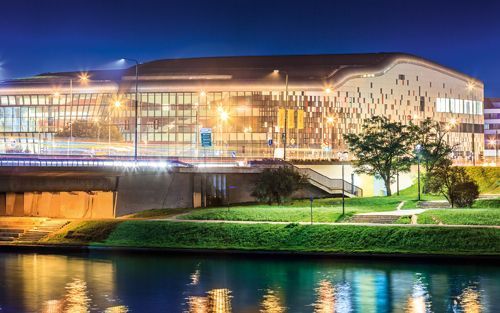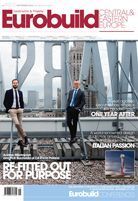A congress for 12,000 dentists in Poznań in September, another for 10,000 doctors in Kraków in two years’ time and one for more than 4,000 jugglers and street performers in Lublin next year – this is just a sample of the international meetings set to take place in Poland in the near future. Over the next five years there are expected to be app. 150 events of this kind. According the International Congress and Conference Association (ICCA), the number of international meetings held in Poland has doubled in less than fifteen years. “Poland is also becoming more and more recognisable throughout the world. We have proved that successful congresses and corporate events can be held here,” claims Krzysztof Celuch, the manager of the Poland Convention Bureau – a governmental agency that deals with the promotion of Poland among international meetings organisers. According to the latest annual report by PCB, the sector’s contribution to the country’s h































































